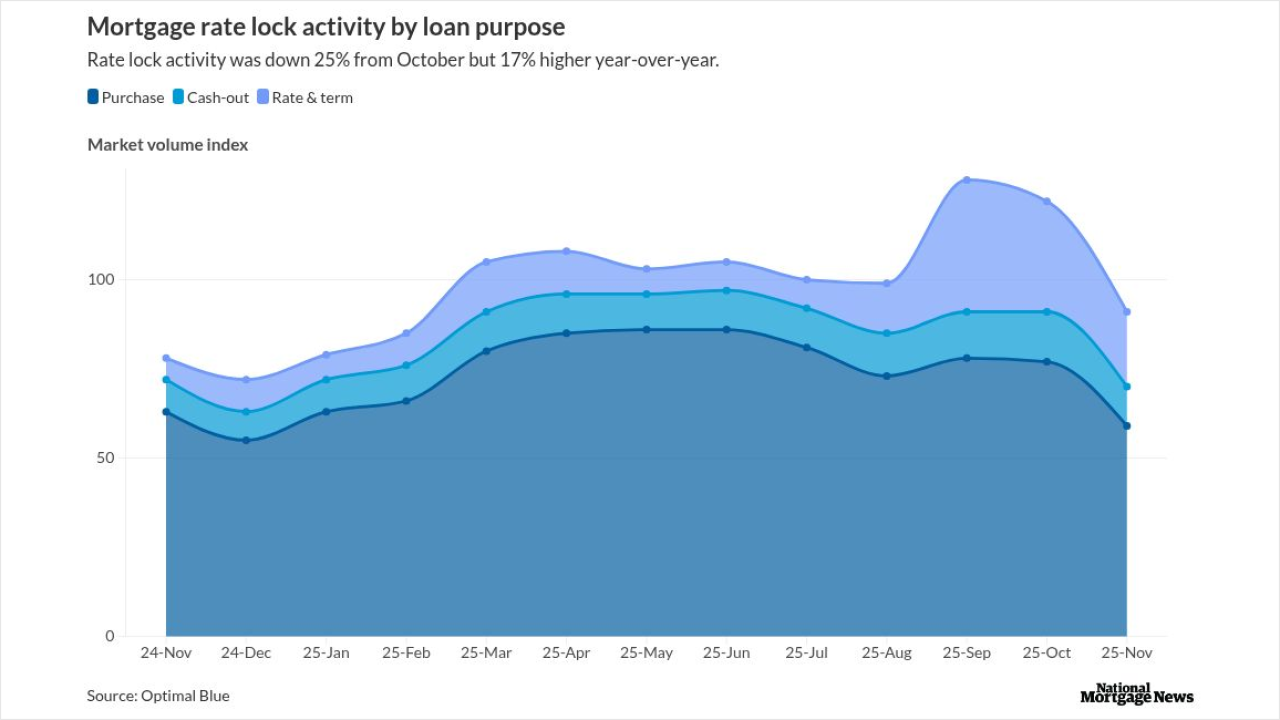Every 12 or 18 months, Texas banks overseen by the state’s banking commissioner undergo examinations in which they are required to disclose problem loans in the their energy portfolios.
Now, with oil prices in free fall as nationwide stay-at-home orders have sharply curtailed demand for fuel, the Texas Department of Banking is asking banks it oversees to start submitting reports on problem oil and gas loans as frequently as every quarter. Banks with particularly heavy exposure to the oil and gas sectors — roughly 15% of the state’s 224 state-chartered banks — will be monitored even more closely.

With the value of the collateral — the oil and the gas in the ground — declining so quickly, the concern among regulators is that defaults could start mounting long before banks undergo regularly scheduled exams.
“We are working with our federal counterparts to reach out and contact our oil-heavy banks,” Deputy Banking Commissioner Kurt Purdom said in an interview. “We plan to have one of our review examiners assigned to reach out to each one of our oil and gas banks and start gathering quarterly data from them on the number of problem credits they have.”
The Biden administration once again extended the pause on student loan payments enacted to help borrowers during the COVID-19 pandemic, this time through the end of August.
The two states' combined plans amount to over $1.5 billion of the Homeowner Assistance Fund included within the American Rescue Plan Act , which was passed a year ago.
An uptick in pandemic-related payment suspensions reflecting new or restarted plan activity previously occurred as the omicron variant spread, but activity has since subsided.
And it’s not just energy loans that are at risk. The oil and gas sectors drive the economies in many parts of Texas, particularly smaller cities in West Texas, and examiners want to know how the sudden slowdown brought on by the coronavirus is affecting other parts of banks’ loan portfolios.
“If you talk to someone in Odessa and Midland, they would tell you every loan in the bank is tied to oil and gas,” Purdom said.
The increased scrutiny of energy loans comes as banks and their regulators are preparing for a wave of missed payments from freshly laid-off workers and revenue-starved businesses across the U.S.
Executives for energy banks have said that
Paul Murphy, the CEO of the $17.7 billion-asset Cadence Bank in Atlanta, said energy lenders that usually do annual reviews of their oil and gas loans are keeping a closer eye internally.
“We’re doing them weekly,” Murphy said. “Everybody who has anything to do with it is certainly looking at things more frequently than they ever have.”
Nearly 11%, or $1.4 billion, of Cadence’s total loans are tied to the energy industry as of the end of last year, down from more than 15% in 2015, according to its financial filings.
“It’s stressful,” Murphy said. “Over a longer period of time it’s a good way to loan money, but at these prices it’s a little different.”
The price of a barrel of WTI crude has fallen by roughly half since early March when local governments in the U.S. began closing schools and businesses and ordering people to stay home. Prices bottomed out at $20 per barrel on Monday, the lowest in 18 years. In past market shocks, prices have typically bottomed out at around $23 per barrel, according to a March 9 research note from Goldman Sachs.
On top of weakening demand, oil-producing giants Saudi Arabia and Russia are in the midst of a price war over crude and have refused to cut production, leading to a worldwide glut.
“It’s hard to believe that we’re just five weeks into this and it’s had a pretty dramatic impact,” said Kurt Spieler, the chief investment officer of the $22.5 billion-asset First National Bank of Omaha. “The volatility around the stock market and energy prices has been extreme because no one knows the outcome.”
Spieler’s team exited a stock position in the Houston-based oil and gas explorer Occidental Petroleum because of worries about its debt load, he said.
Analysts at Bank of America said in a March 27 research note that the price of oil could fall as low $15 per barrel.
Jeff Nichols, partner at Haynes Boone and co-chair of the firm’s energy practice group, said some pipeline operators are telling drillers not to send any more oil their way in order to keep supply down. But this means some producers are getting nothing for the oil they have recently pulled out of the ground and are starting to close rigs en masse. The industry is also running out of space to store what supply hasn't been sold.
There were about 50 bankruptcies in the oil industry last year, according to a recent report from Haynes Boone. That number may even climb beyond what was seen in the last downturn because prices were falling from a higher peak than they are now, Nichols said. Even for lenders that reduced their exposure could see similar losses to the last collapse if the rash of borrowers going bust is worse.
“There could be hundreds,” Nichols said of potential bankruptcies. “If the price stays at $20 there’s very few of them that could survive.”
One source of relief, to both oil firms and their bank lenders, could come from private equity investors, who pulled back from injecting capital into the industry last year as production and prices boomed.
A renewed drop in prices could mean an opportunity for some investors to provide capital where they see an opportunity even if banks can’t. Capital injections from private equity have rescued oil and gas companies struggling with debt payments in the past and could do so again, industry experts say.
“The last time we had oil prices below $30 the market was surprised about the access to private dollars and debt,” First National’s Spieler said. “Will you have the same access to stay afloat? We’ve heard some anecdotes of private equity looking to get involved.”
Spieler said the best estimate of demand returning and prices rising would be in two to three quarters. For now, energy lenders have the capital cushions to withstand the downturn until Americans are comfortable driving and flying again.
Cadence’s Murphy agreed. “There is a high level of stress in that part of the portfolio,” he said, “but it’s manageable.”







